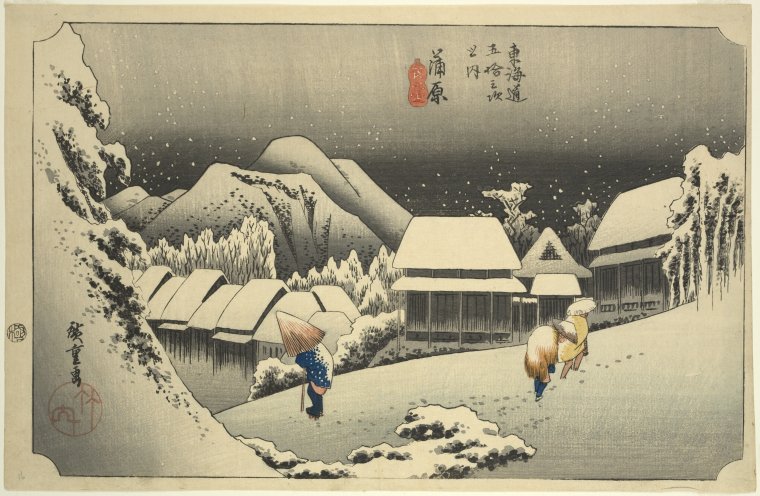
The book Snow Country offers cold prose and interactions appropriate to its name. The story follows Shimamura’s love affair with the hot spring geisha Komako and his developing interest with a young woman named Yoko.
The book can be a little difficult to follow if you don’t read carefully. Kawabata writes with spareness and suggestion instead of writing overtly. The story offers a subtle character study on Shimamura. He’s rich and disconnected from his feelings and those of others. He believes himself in love with Komako, but he doesn’t know what love really is. Rather, he mistakes pleasure and attention with love. As for Komako, she loves him but realizes how he uses her to ease his own boredom and discontent. The first meeting we see between Komako and Shimamura after a long separation highlights this tension:
Abruptly, at the foot of the stairs, he shoved his left fist before her eyes, with only the forefinger extended.
“This remembered you best of all.”
“Oh?” The woman took the finger in the hand and clung to it as through to lead him upstairs.
She let go his hand as they came to the kotatsu in his room, and suddenly she was red from the forehead to her throat. As if to conceal her confusion, she clutched at his hand again.
“This remembered me?”
“Not the right hand. This.” He pushed his right hand into the kotatsu to warm it, and again gave her his left fist with the finger extended.
“I know,” Her face carefully composed, she laughed softly. She opened his hand and pressed her cheek against it. “This remembered me?”
This strange playfulness–obviously referring to a sexual interaction–shows how Shimamura values Komako. It also shows Komako’s persistence to get him to be truly connected to her. As you read, you will see similar exchanges between them. Komako persists; Shimamura basks in the attention while remaining emotionally aloof in his core.Shimamura lives in a disconnected world. He’s an expert in ballet and writes books on it, but he doesn’t actually watch ballet. He’s an expert at love–sex–but doesn’t actually love. He has a wife and family, but the scant mentions of them speak to how he feels of them.
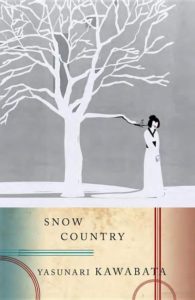
Kawabata, like many Japanese writers, uses absence to tell his story. As you read Snow Country, look at what isn’t said. Look for subtle changes in tone. One of the most climatic events in the novel is also the easiest to miss. It represents how Shimamura views Komako. In the scene, he tells Komako “You’re a good girl” only to later shift to “You’re a good woman.” That shift tells Komako that they could never be together, not with his instrumentalist view of her and his self delusion. If you aren’t reading carefully, you will miss this.
This subtlety makes it difficult to read Japanese literature sometimes. Snow Country offers a good introduction because it lacks the complexity you find in stories like The Tale of Genji.
Kawabata often uses the word clean to refer to Komako and Yoko. Despite Komako’s profession (hot spring geisha were essentially prostitutes), she retains an innocence and purity to her spirit. Namely, because she believes in love. Yoko’s purity shines like a light in the dark snowy winters. Shimamura is fascinated by her because she is unattainable and seemingly immune to the sexuality that pervades the story. However, the story also tells us Yoko isn’t as immune as Shimamura suspects. Yoko and Komako were love rivals before Shimamura, but Kawabata leaves this unexplained.
Snow Country is cold and lonely. Komako and Yoko are trapped, with their beauty fading as they age. Shimamura believes he is honest with himself, when all he does is live within delusion and unable to truly get in touch with his humanity. The prose reflects this disconnect and loneliness. The prose is spare and covers several years matter-of-factly. It’s designed to make you wonder at what is left unsaid, at what the characters truly intend to say behind their words.This pulls you deeper into the story.
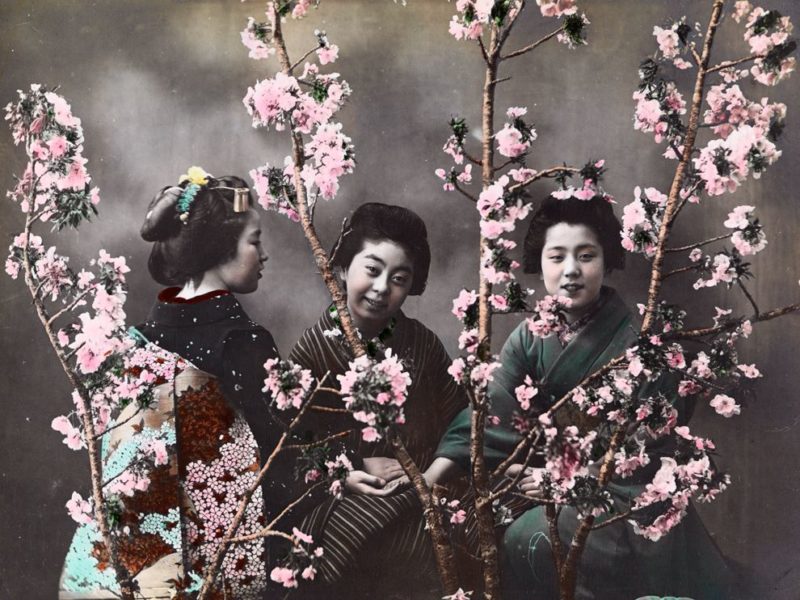
Snow Country is only 175 pages with the translation I read. It’s an afternoon read that remains with you. With our consumerist cultures, each of us could easily become Shimamura. Consumerism encourages disconnect, and today’s social media encourages this. Like Shimamura, we focus on the appearance. Likewise, we confuse pleasure and passion with love. True love is longsuffering, kind, and not focused upon oneself. It requires work, which Shimamura (and many of us) abhor.
While Snow Country was written in 1937, it remains relevant. However, it’s subtle writing may prove difficult for our Internet culture. Our age doesn’t like ambiguity or, dare I say, thinking too hard. The misunderstandings and explosions on Twitter attest. But that also makes books like Snow Country more important. Reflective, between-the-lines thinking is a skill to train. Reading Snow Country (which isn’t too challenging) stretches that skill and provides us with warnings about our own treatment of people and self delusion.
I attempted to add similar between-the-lines depth to my novel Kanzashi. Many of my characters leave ideas unsaid. Because I write from Mameko’s geisha perspective, she will later act on those unsaid ideas. I also don’t explain things that she would take for granted. After all, we don’t think about every aspect of our culture. But as readers we can’t know what is meant by certain geisha practices and details, such as burning incense to measure time. Trying to balance Mameko’s point of view with explanations for the reader proved challenging. Kawabata didn’t bother with such explanations. But Snow Country was among the novels I read during my research phase for Kanzashi. Mameko isn’t a hot spring geisha–she’s in the highest class of geisha. Kawabata’s work is a must-read if you are interested in how people romanticized geisha.
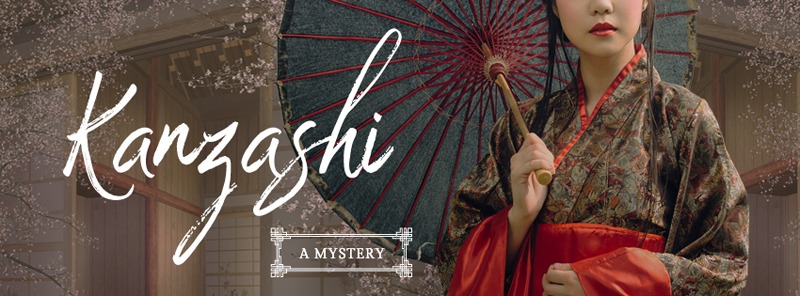

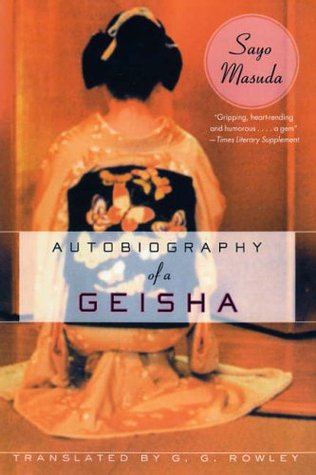

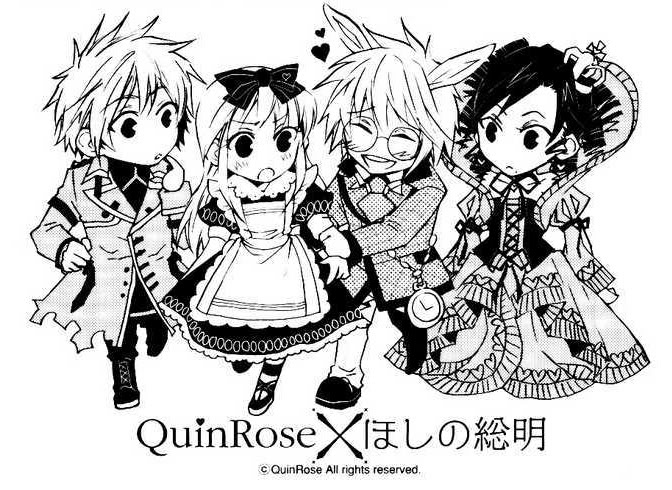
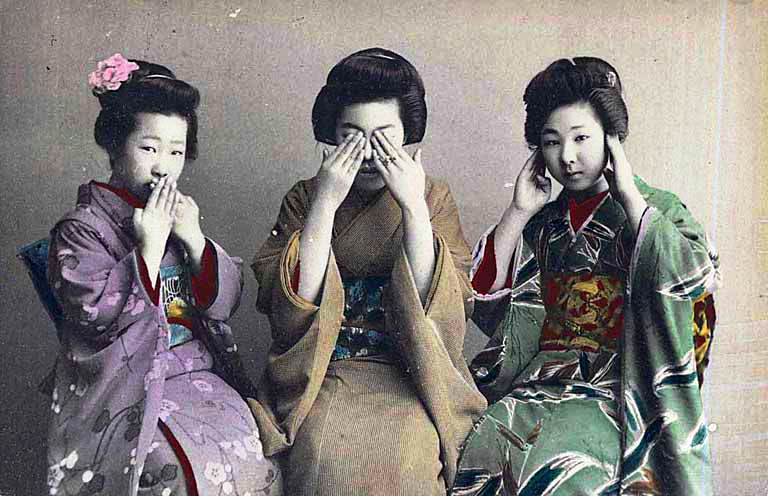
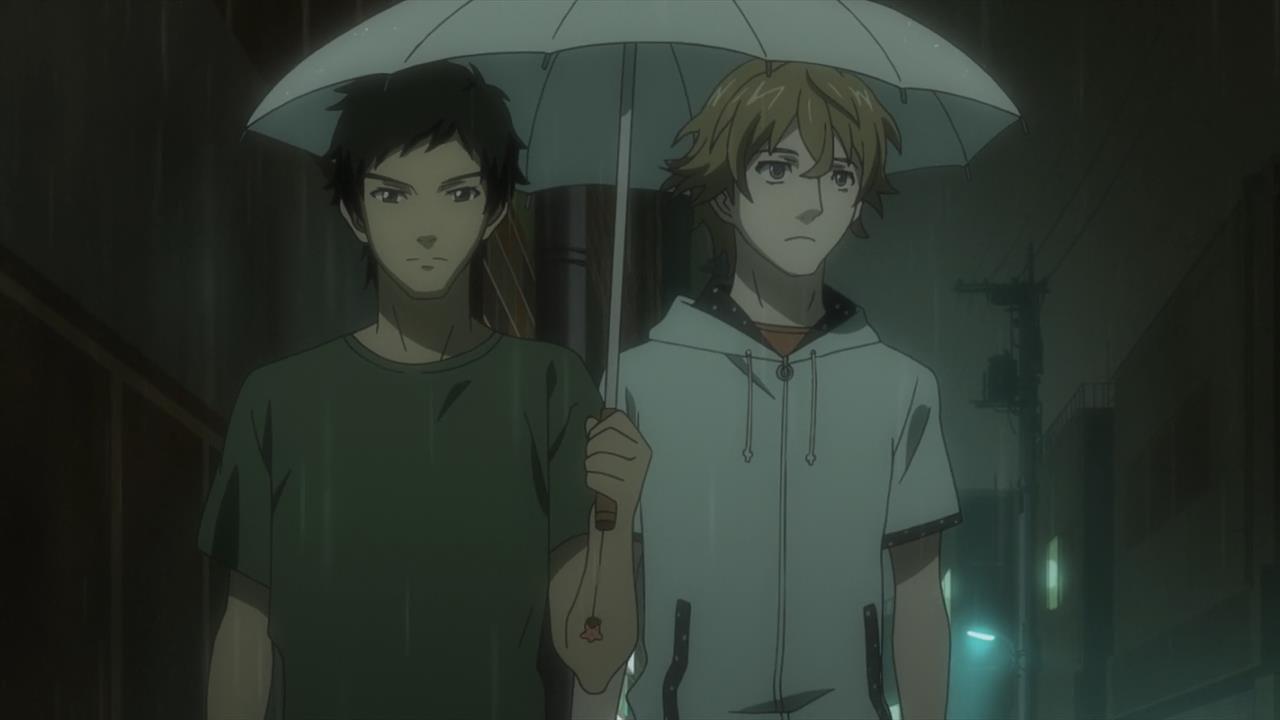
Snow Country looks to be a good, but a somewhat difficult read, especially for those who are not good with abstractions. While for a lot of fictional books people tend to read multiple times to get a different and better understanding of the stories it seems with this one a person would definitely have to read multiple times before they can fully grasp the meaning of the story. The one scene you mention in the example in which the protagonist, Shimamura, goes from referring to Komako as a girl to a woman had me thinking for a second that Shimamura was doing this out of respect as he was addressing Komako by her actual life stage and thus has change his ways or was starting to, but from your description I was wrong.
As for how relevant this book still is, in concerning how people tend to confuse pleasure and passion, which I refer to as limerance, with love is something I am familiar with and have been following a bit over the decade or so thanks to frequenting a dating website that focuses on dating and relationship issues, but also a few conversations I have witness people have in chat during twitch streams. It seems that with some people (especially men from my observations) they are trying to find a quick and easy way to get a partner when in actuality there are no shortcuts. Although it would seem that many who tend to want a partner right away are actually (usually unconsciously) trying to fill something that is missing in their lives. I wonder if that is the case with Shimamura as well. The way you describe him as being disconnected from his feelings and the feelings of others as well as being delusional reminds of a description I read and study from a personality model known as the Enneagram.
Another thing concerning classes of geisha how low is the class of a hot spring geisha. I can imagine this class isn’t all that low since they get to work in hot springs which are relaxing, but I could be wrong as this is the first I have learn of this class of geisha, or the fact that there are classes of geisha at all.
I’ve read the book twice so far and several sections multiple times to make sure I wasn’t missing something. The Tale of Genji required a similar reading (only Tale is worse because of how character names shift based on their status).
When you look at history, people have long confused eros and agape, to use the Greek terms. Culture has shifted too. We have the misguided view that a love interest is suppose to offer complete fulfillment. In the past, lovers had less pressure. He or she filled certain areas of social needs with friends filling still others. We have this odd idea of self-actualization as something a spouse is meant to help with. Self-actualization comes from within, not from without. Shimamura, on the other hand, doesn’t seek self-actualization. He merely flits through his life without a direction.
Geisha are not prostitutes; however, hot springs geisha historically had blurred that line. If you want to learn more about geisha, I recommend reading Lesley Downer’s book Geisha: The Secret History of a Vanishing World. And it is vanishing. Last I saw, there are only about 200 geisha left.
Concerning the Tale of Genji I can just imagine how difficult it is to follow the story with the characters constantly getting their names change, especially being that I am bad with names.
Concerning Shimamura motivation, if that is the case then that changes my guess of what Enneagram type he possible has. Also that was nicely said on people’s misguided way towards self actualization and agape. I have learn a while back that the ancient Greeks did have a more sophisticated way of understanding friendships, and I think it’s something we as a society should embrace instead of seeing romantic love as the ideal to strive for.
Concerning the Geisha, I am not surprise they are disappearing (but 200 Geisha left? Did some group do a consensus to figure that out?) as Japanese society of today does not turn to them for entertainment as much. However, I think they can still be around as a way to give people a glimpse to what time was like back in the days when geisha were more popular, like the people who dress up as historic figures in historic sites. Also thank you for the book recommendations. I will add this book to the list of nonfiction books to check out.
I’m not certain where the documentary got the information. I suspect the Japanese government keeps track of the numbers.